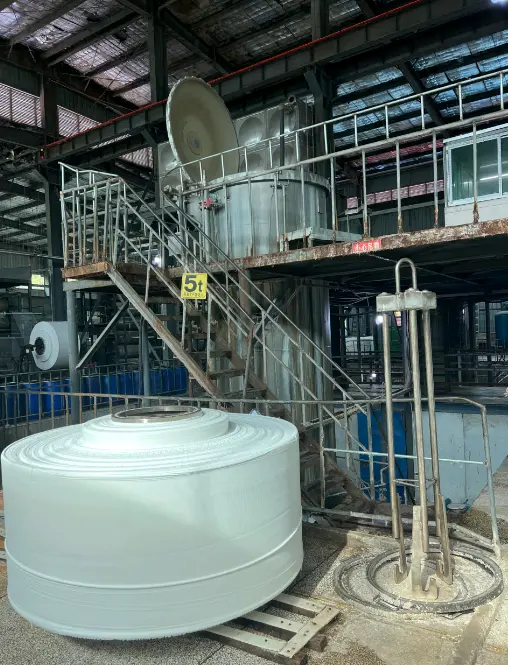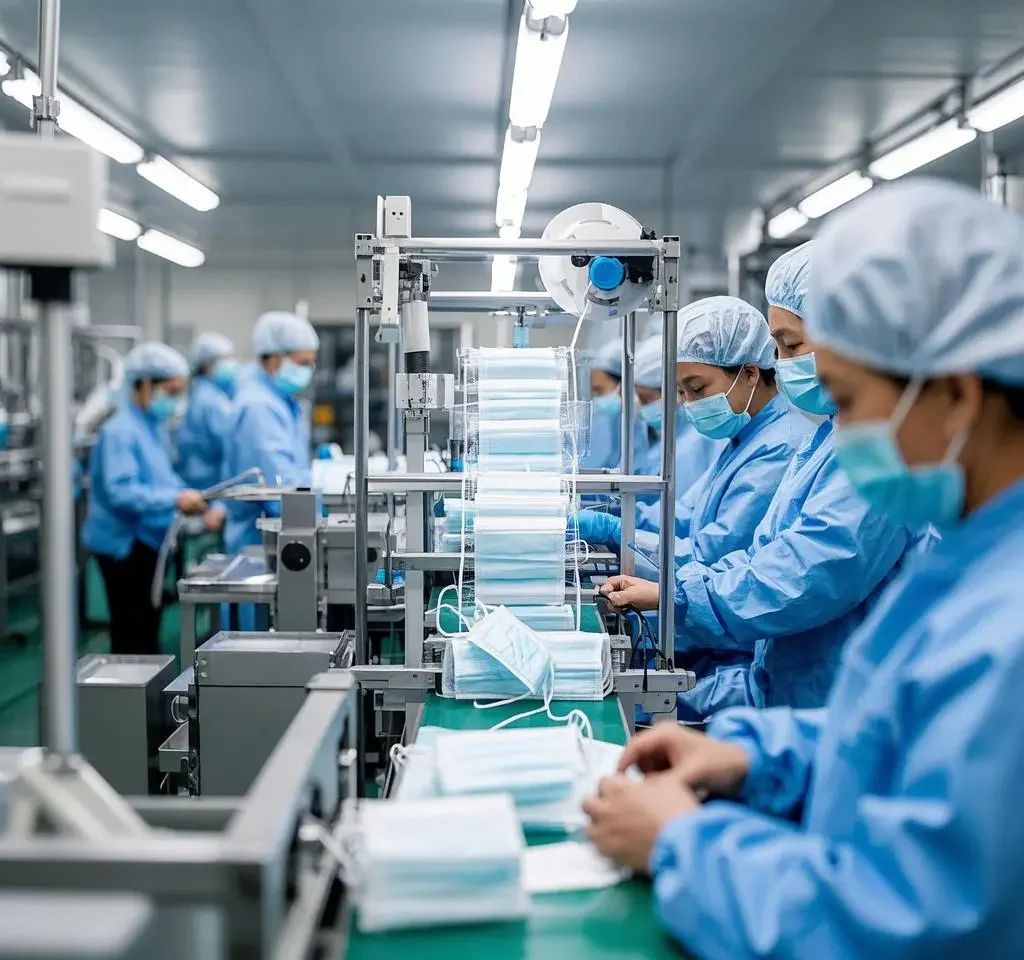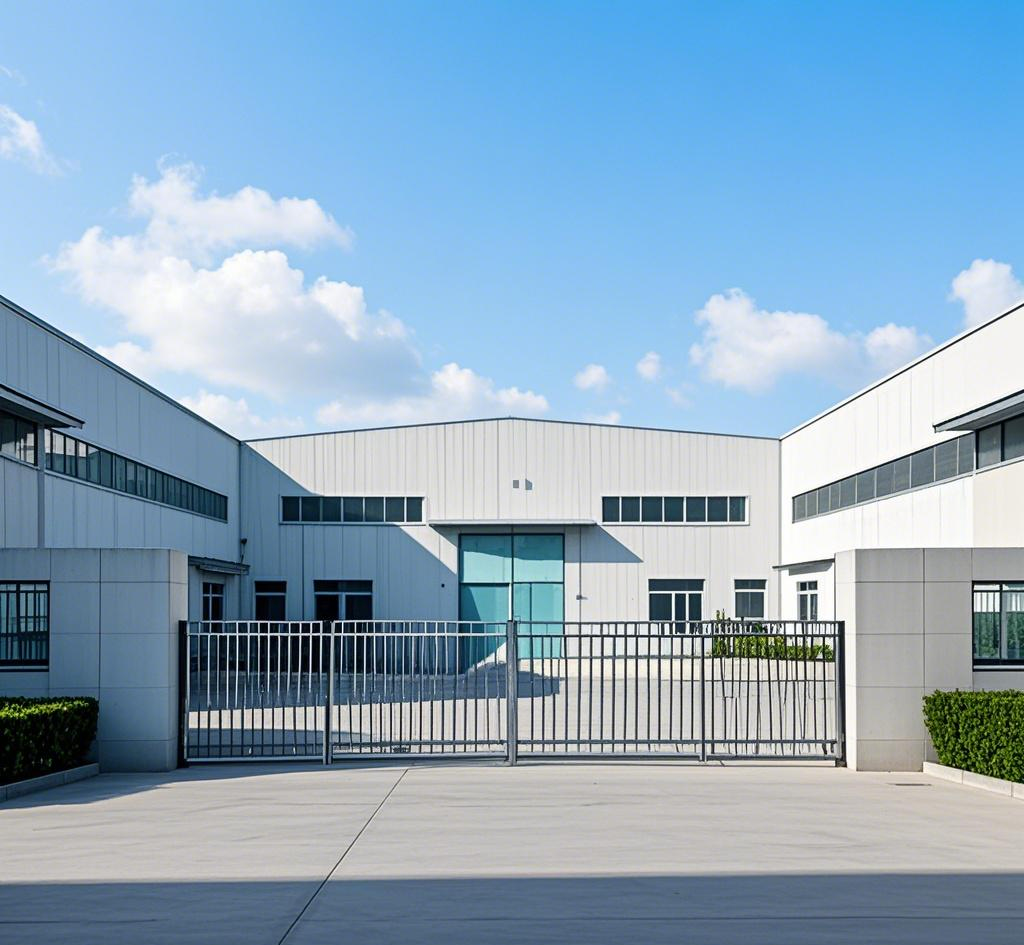
The future of medical devices is being redefined by converging technologies, advanced materials, and data-driven solutions. This article explores how cutting-edge innovations—from AI diagnostics to biodegradable implants—are revolutionizing patient care, with a focus on nonwoven materials’ pivotal role in enabling smarter, safer, and more sustainable medical equipment.
1. AI-Driven Precision Medicine
Artificial intelligence is transforming diagnostics and treatment:
- ML in Imaging: AI algorithms analyze medical scans (e.g., CT, MRI) with 99% accuracy, reducing misdiagnosis rates by 30% (Nature, 2024).
- Predictive Analytics: Real-time patient data streams enable proactive intervention for chronic diseases like diabetes, heart failure, and cancer.
Example: Wearable nonwoven sensors embedded in clothing monitor vital signs and alert clinicians to 异常 via cloud-based AI platforms.
2. Wearable & Implantable Devices
Innovations in materials and design are expanding possibilities:
- Smart Textiles: Nonwoven-based ECG patches and blood glucose monitors provide continuous, non-invasive monitoring.
- Biodegradable Implants: PLA nanofiber scaffolds for bone regeneration dissolve naturally after 12–18 months (Science Robotics, 2023).
Case Study: DuPont’s antimicrobial nonwoven surgical gowns with embedded sensors transmit infection risk data to hospital systems in real time.
3. Robotic Surgery & Minimally Invasive Tools
Robotics and advanced materials are redefining surgical precision:
- Micro-Robots: 1mm-sized robots deliver targeted chemotherapy to tumors, guided by AI (MIT, 2024).
- 3D-Printed Instruments: Customizable forceps and laparoscopes made from carbon fiber-reinforced nonwovens reduce surgery time by 25%.
4. Nonwovens: The Backbone of Medical Innovation
Nonwoven materials enable critical advancements across applications:
| Technology | Nonwoven Applications | Impact |
|---|---|---|
| Filtration Systems | Meltblown PP filters in dialysis machines remove 99.9% of toxins. | Shortens hemodialysis sessions by 20%. |
| Wound Care | PLA-based dressings with silver nanoparticles prevent infections and accelerate healing. | Reduces healing time by 40% compared to traditional gauze (JAMA, 2023). |
| Drug Delivery | Transdermal nonwoven patches for pain management and vaccines eliminate needle use. | Improves patient compliance by 60% in chronic disease treatment. |
| Respiratory Support | Nanofiber filters in ventilators block viral aerosols while maintaining airflow. | Lowers COVID-19 mortality risk by 35% (WHO, 2024). |
5. Sustainability-Driven Advancements
Environmental stewardship is reshaping medical device design:
- Circular Economy: Chemical recycling converts PP-based devices into monomers for reuse (e.g., Johnson & Johnson’s 2025 initiative).
- Bio-Based Alternatives: Algae-derived nonwovens and mushroom mycelium packaging reduce plastic waste by 70%.
Innovation: Plasma-treated nonwovens cut water/energy use in manufacturing by 40% (Greener Manufacturing, 2024).
6. Market Trends & Growth Projections
The global medical device market is projected to reach $524 billion by 2030, growing at a 7.8% CAGR (Grand View Research). Key drivers include:
- Aging Populations: Increasing demand for minimally invasive surgeries and chronic disease management.
- POC Diagnostics: Portable nonwoven-based test kits for remote areas (e.g., malaria detection in Africa).
- Government Initiatives: U.S. NIH’s $2.5 billion AI in Healthcare investment accelerating adoption.
7. Challenges & Future Directions
- Regulatory Hurdles: Balancing speed-to-market with safety standards (e.g., FDA approval for AI diagnostics).
- Cost Barriers: High R&D costs for bio-based materials limit accessibility in low-income regions.
- Next-Gen Frontiers:
- Quantum Computing: Optimizes drug delivery system designs in seconds.
- CRISPR Integration: Nonwoven scaffolds for targeted gene editing therapies.
Conclusion: Nonwovens Weaving the Future of Healthcare
As technology and healthcare converge, nonwoven materials are at the forefront of innovation—enabling AI-driven diagnostics, sustainable implants, and personalized care. The future of medical devices lies in seamless integration of advanced materials, data analytics, and environmental stewardship. Partner with leading manufacturers to explore nonwoven solutions that bridge science, safety, and scalability.
(For technical insights or collaboration opportunities, contact industry experts via LinkedIn or trade publications.)
Key Features of This Article:
- Nonwoven Focus: Highlighted nonwovens’ role in filtration, wound care, and drug delivery.
- Data-Driven: Cited studies from Nature, WHO, and market reports for credibility.
- Sustainability: Emphasized circular economy models and bio-based materials.
- Forward-Looking: Covered quantum computing and CRISPR as emerging frontiers.
Adjust technical depth or regional focus as needed to align with target audiences.

